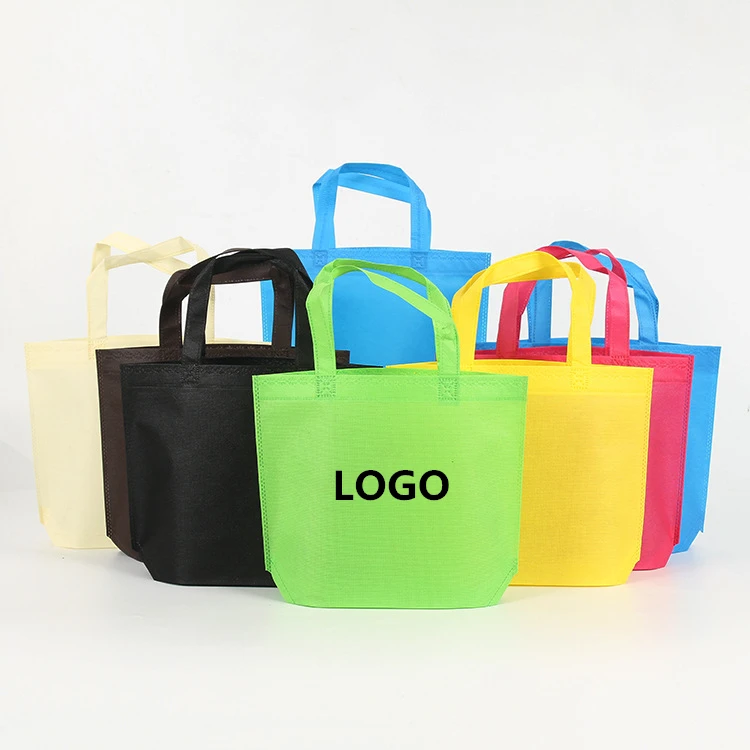Email: sam@zhpfactory.com
Tel: 0086 15184479681
What are the nonwoven bag printing processes?
The non-woven fabric bag is usually printed by screen printing, which is often called "screen printing", which is also a common printing process of many manufacturers. Generally, it is manual printing, so the color in the process is not easy to control. However, with the continuous improvement of the customer's requirements on the product's printing beauty and environmental protection, many new non-woven bag printing methods emerge, mainly including watermark, gravure printing, and heat transfer printing.
Here we introduce the mainstream non-woven bag printing method in the current market.
The finished product processed by this method is usually a peritoneal nonwoven bag. This process is divided into two steps, that is, the traditional gravure printing process is used to print the image and text on the film, and then the film with the pattern is compounded on the non-woven fabric by the film covering process. In general, the non-woven bag with large area color pattern printing adopts this technology. It is characterized by exquisite printing, the whole process of machine production, short production cycle. In addition, the product has excellent waterproof performance, and the durability of the finished product is better than the non-woven fabric bag produced by other processes. There are two kinds of thin films: bright light and matte light. Matte has a matte effect. The disadvantage is that it conflicts with the concept of environmental protection, because the film is difficult to degrade.
Heat transfer printing belongs to special printing in printing. The method requires an intermediate medium, i.e. printing the image and text on the heat transfer film or paper, and then transferring the pattern to the non-woven fabric by heating the transfer equipment. The medium commonly used in textile printing is heat transfer film. Its advantages are: exquisite printing, rich level edition, comparable to photos. Suitable for small area color image printing. The disadvantages are high price and high printing cost.
5. Strong light resistance. In a broad sense, ink classification should be classified according to the type of printing plate, that is, letterpress ink, lithographic ink, gravure ink and filter ink. However, such classification is too principled to express the whole reality. In recent years, due to the continuous increase of ink varieties, new designs and colors appear continuously. Only by plate type, there are limitations.

Contact: Sam Xu
Phone: 0086 15184479681
Tel: 0086 15184479681
Email: sam@zhpfactory.com
Add: No1-1412 Jinfu International Jinniu District,Chengdu China
We chat